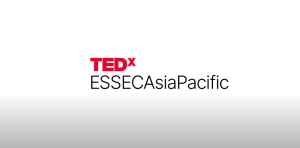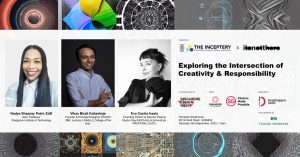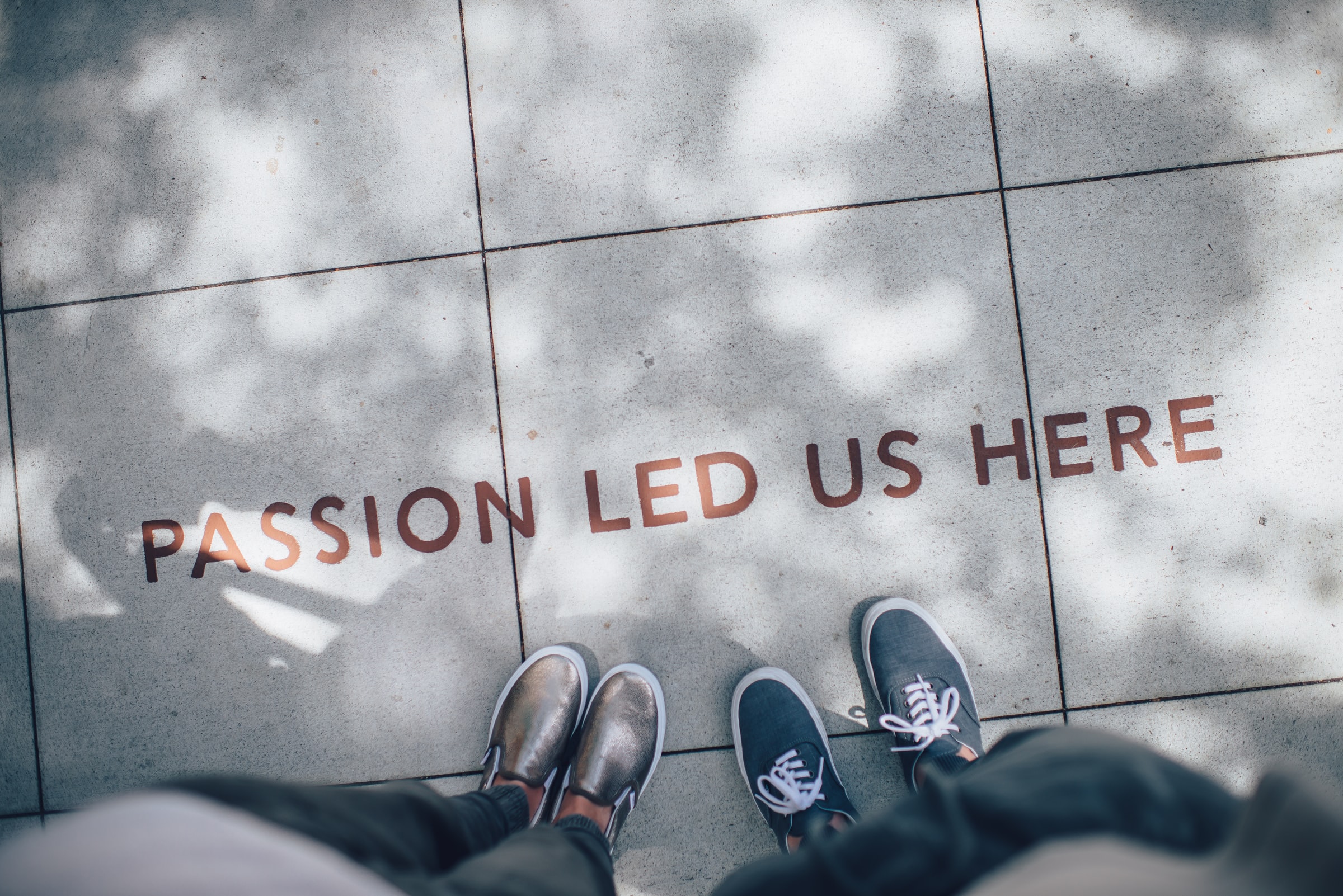This is a tenuous continuation of the post about Sustainability Reporting published some time ago.

The above is an artifact that I created back in 2016 when we were talking about the journey to sustainability here in Singapore and Asia. The discussion focused on how long, how many horizons even, before we envisioned organizations here in this region would be radical, or disruptive (for the sake of our people and the planet), or even maybe slightly curious, about sustainability-led innovation within their business models; rather than the immense amount of greenwashing or high-fiving that can sometimes take place around certain green or CSR ‘initiatives’.
Would such moves be bold and strategic – seen as an opportunity and new value creation, or would it be mandatory and imposed upon businesses who were struggling, being ‘out disrupted’, or had no choice left?
Though it is not simply for those based in this locale, it was inspired by a number of conversations we were having as a team when we heard about the ‘Sustainability Reporting’ mandate by SGX.
It is loosely based on two interesting maturity indexes – the Design Maturity Index, created and published by the DMI (Design Management Institute, US), and another index – a Sustainability Maturity Index, which was being co-developed by Padmakshi with the research team at the Centre for Industrial Sustainability at Cambridge University, Imperial College and Cranfield University.
It is a much simplified adaptation of the above-mentioned indexes. Though we don’t feel it makes it any less useful.
Its application is primarily to help users/organizations understand quickly, at a glance where they might be in relation to their #sustainabilityledinnovation efforts (or in optimistic cases – #regenerative based intentions) in the context of business model innovation, or likely in earlier ‘stages’.
It also serves as a tool to help organizations who see savings in WWE – water, waste, energy, as the end of their obligations for transformation, or those who create new products and services to think at a much broader level of how to take their impact even further.
We subsequently used it in the session for the GCNS Youth Forum 2016 in our sharing, where we were kindly invited by Mr. Wilson Ang, to give our thoughts on innovation.
We have subsequently used it when talking to companies about their journey into sustainability.
We have found it to quickly communicate what level of transformation can be imagined conceptually, beyond the incremental adjustments and what those might look like in a business and business model frame.
In the next few months we’ll be posting more examples of innovation along the spectrum of this artifact but with a focus on #businessmodelinnovation itself.
We’d love to hear back from you all about where you think your organizations are in your journey.
If you are looking for opportunities to take your organization further on this, please get in touch with us here.







